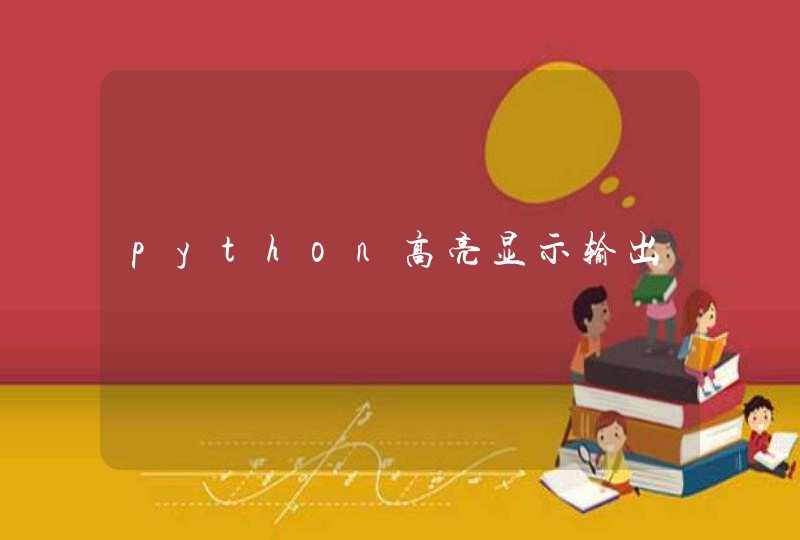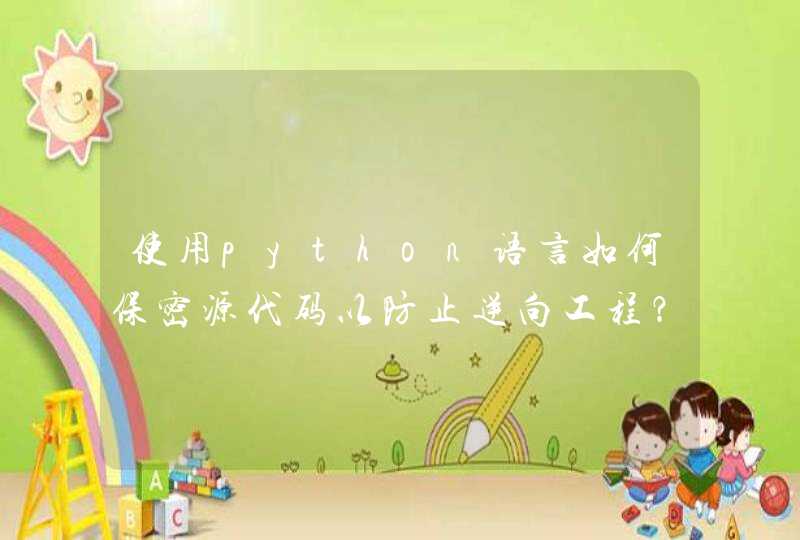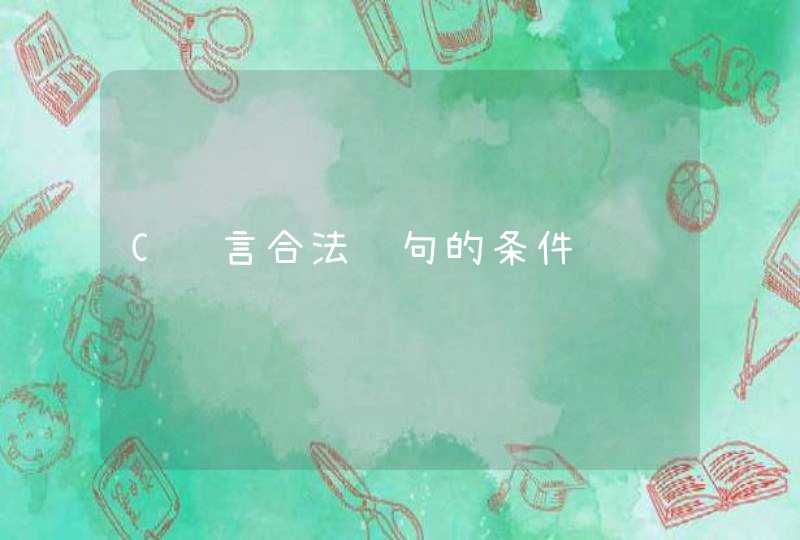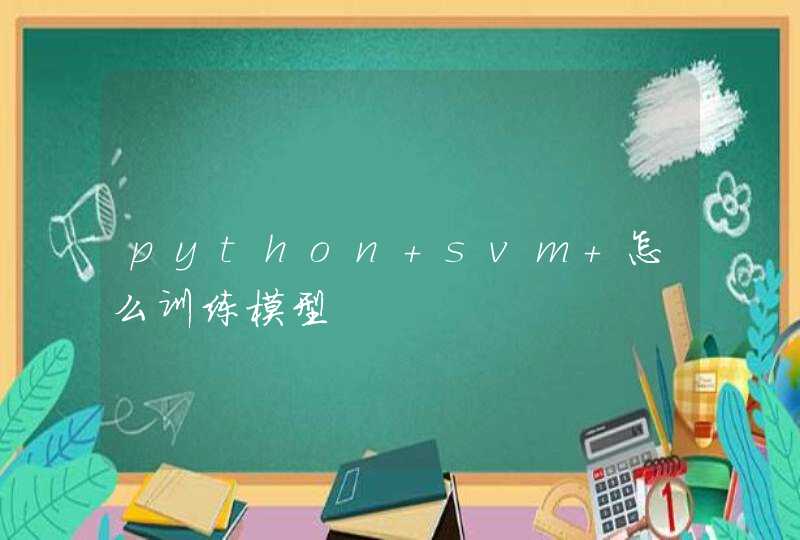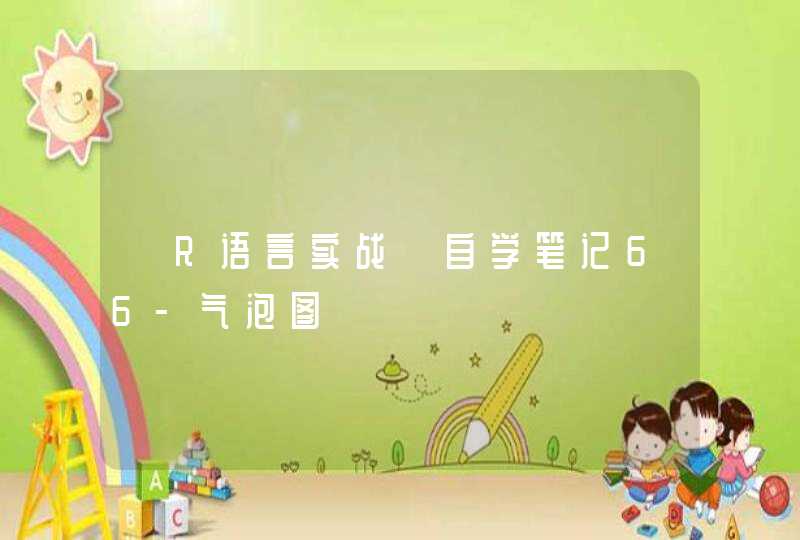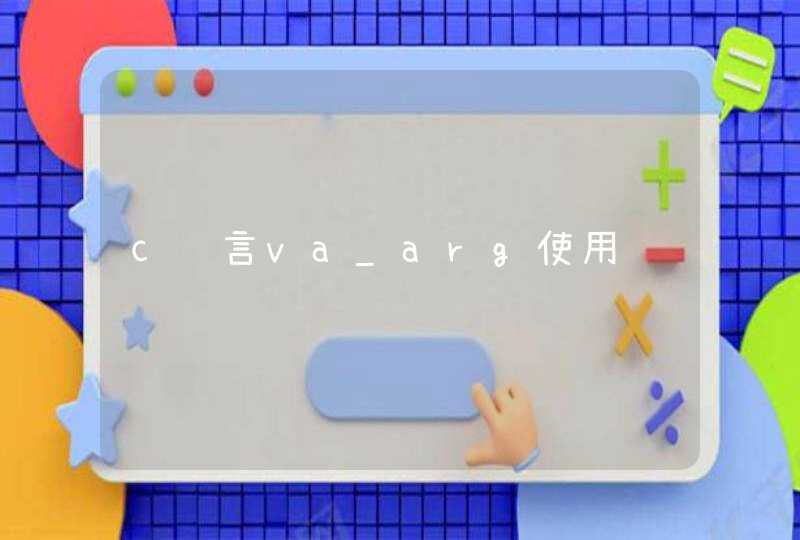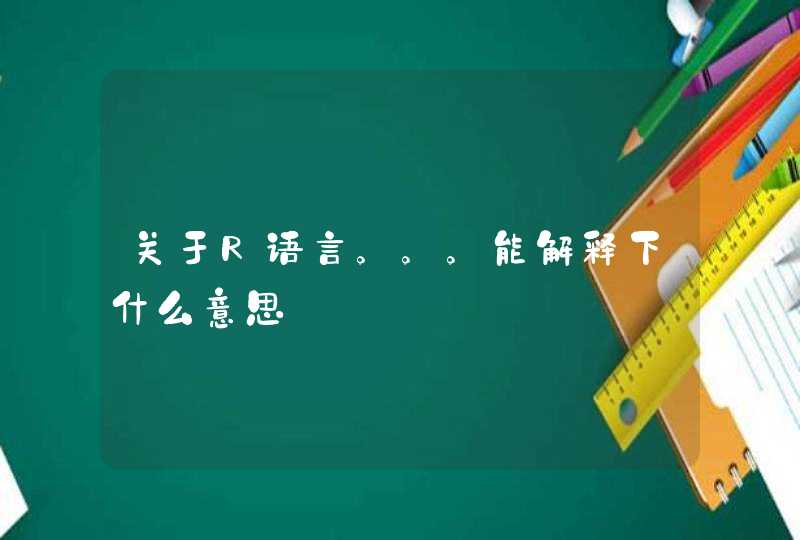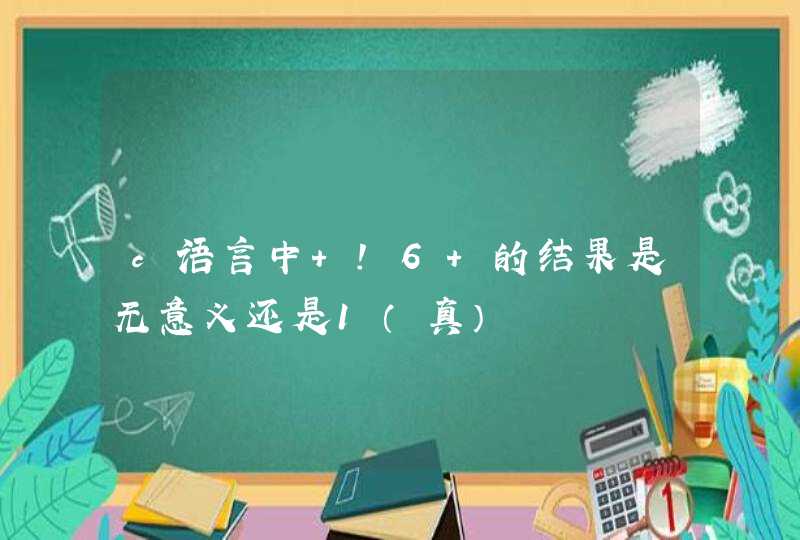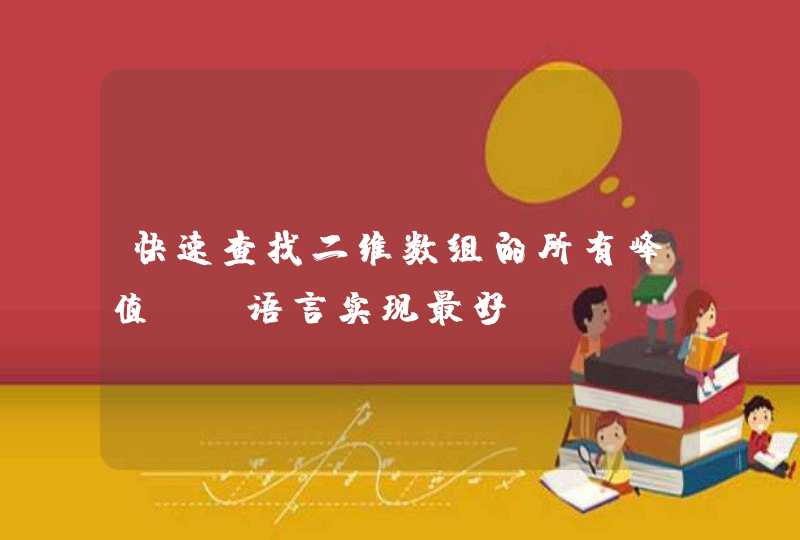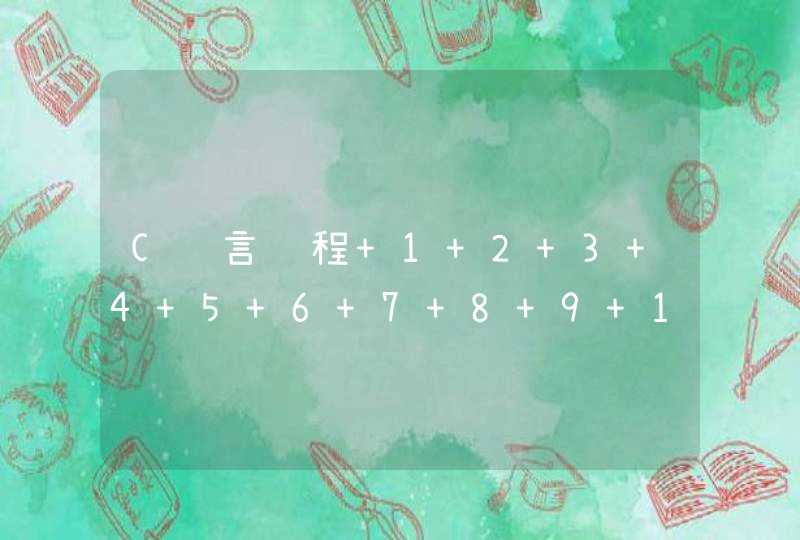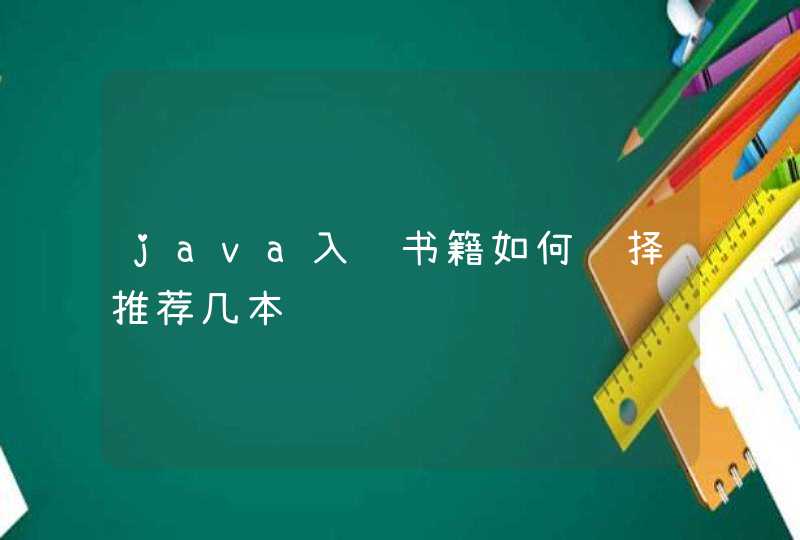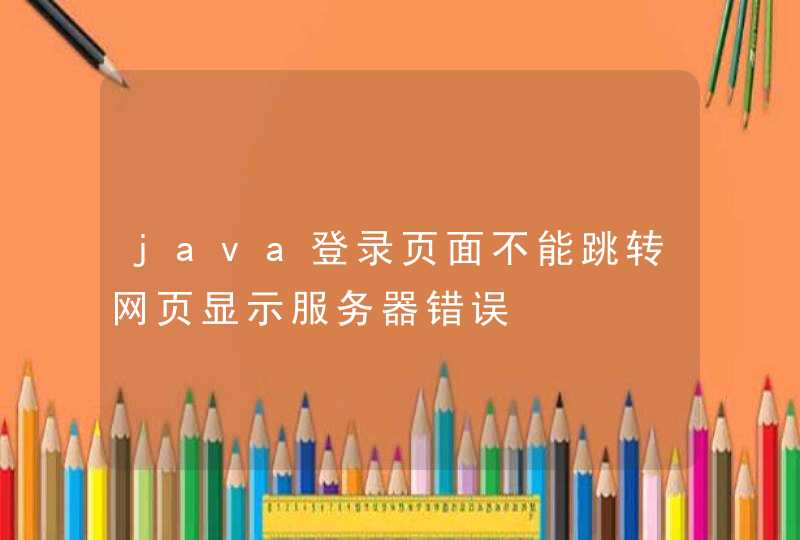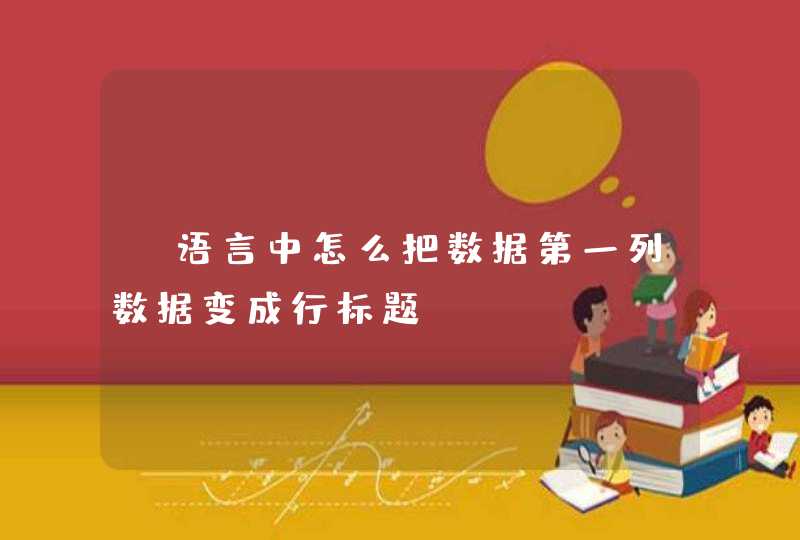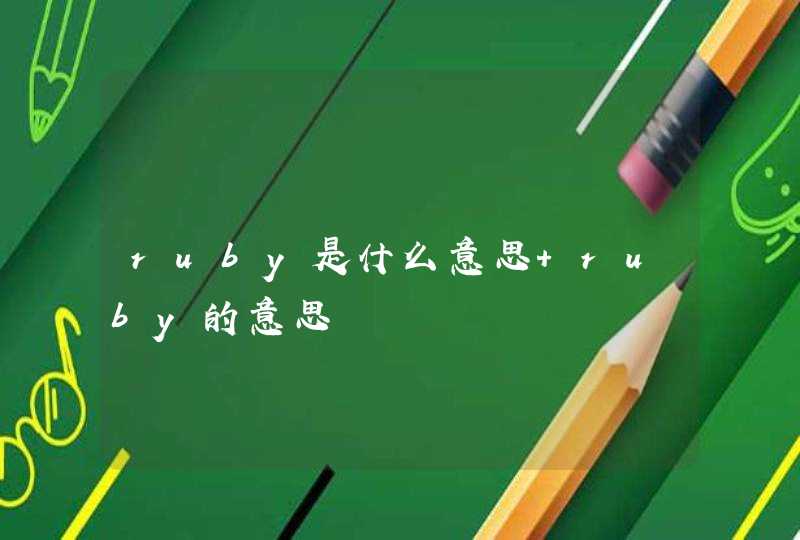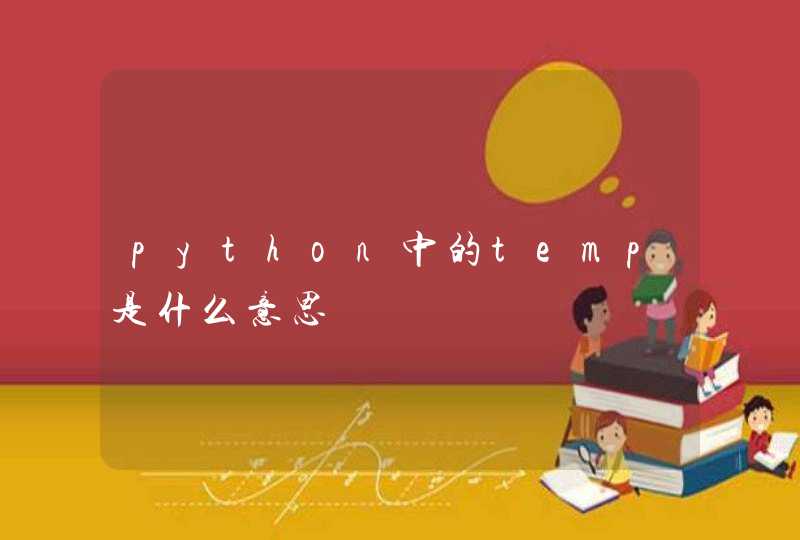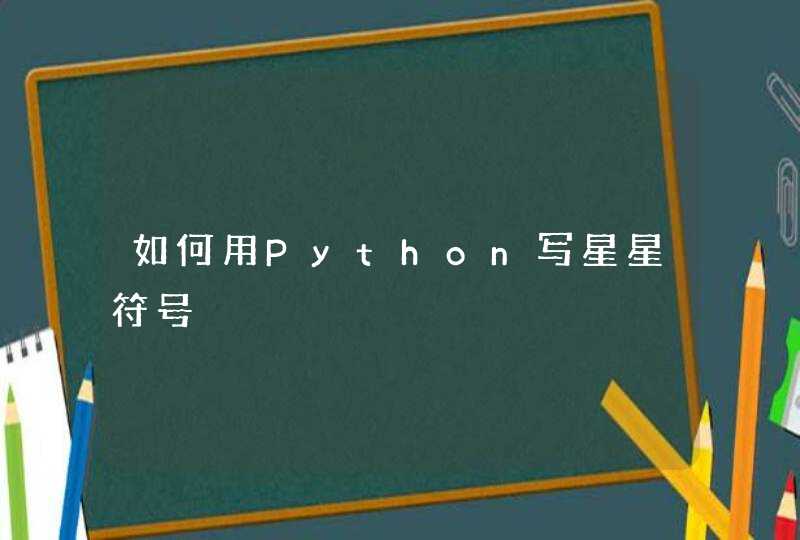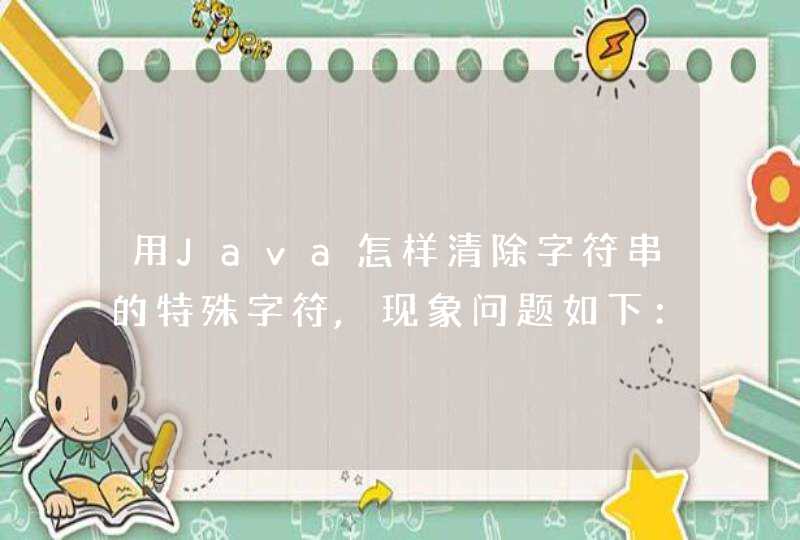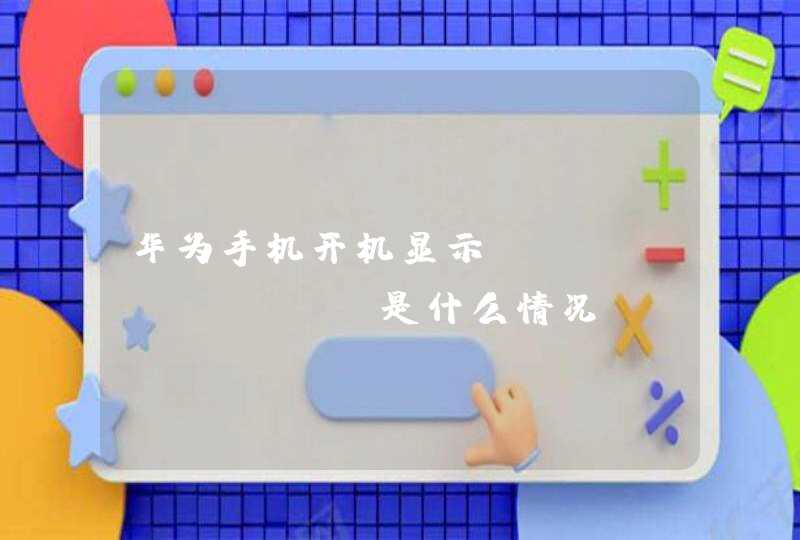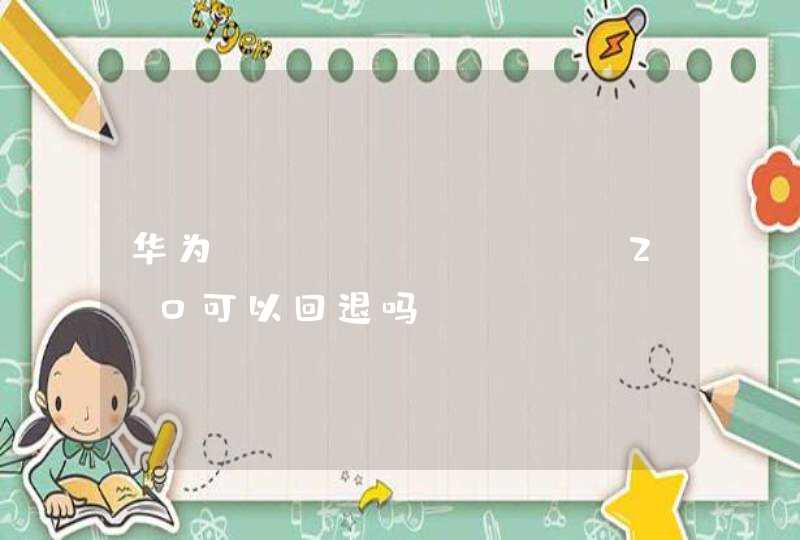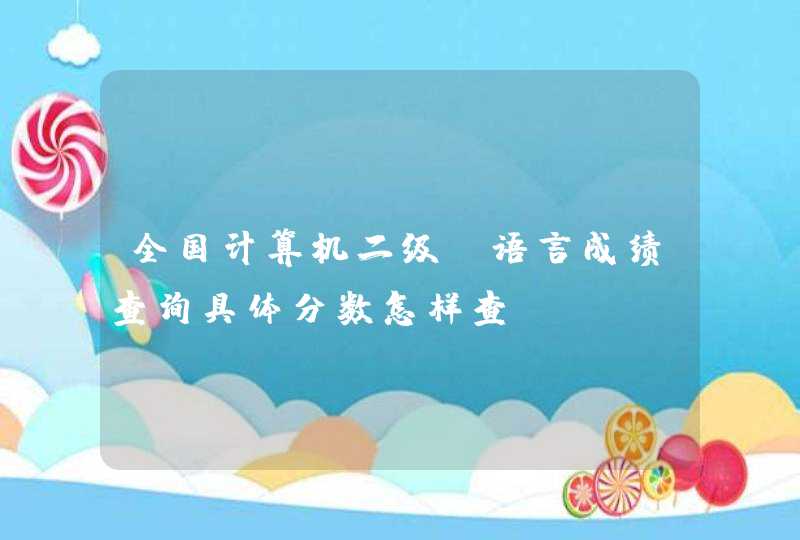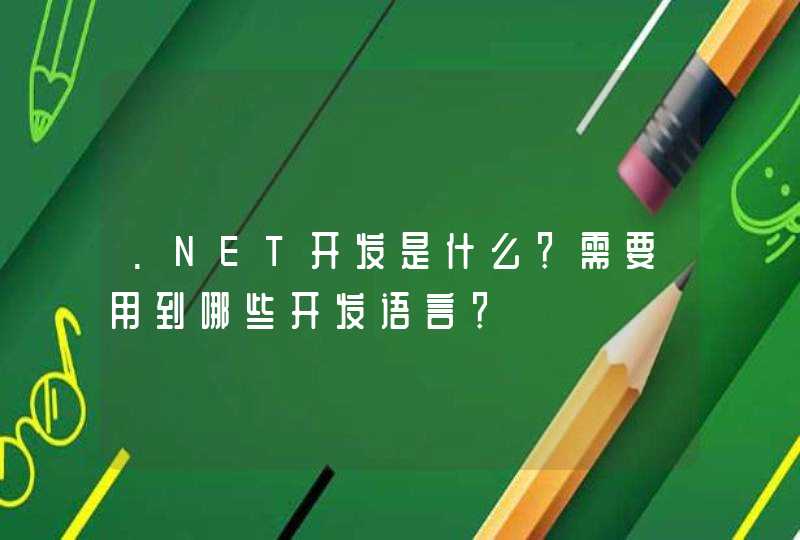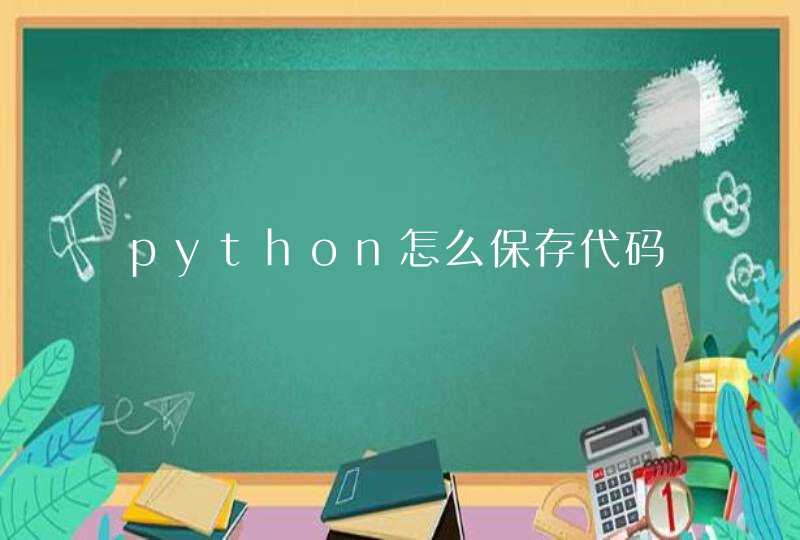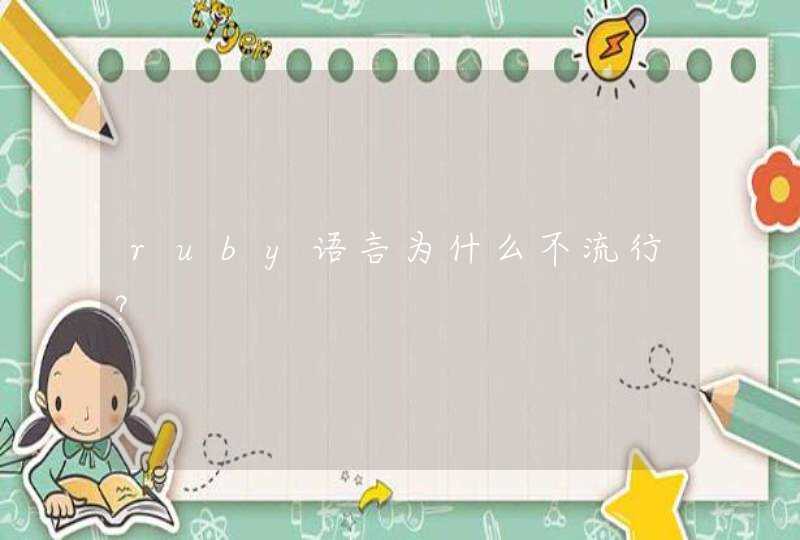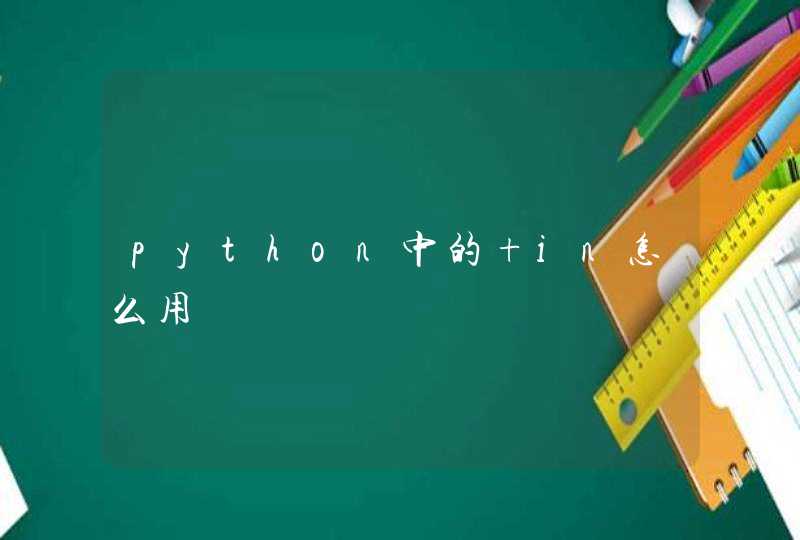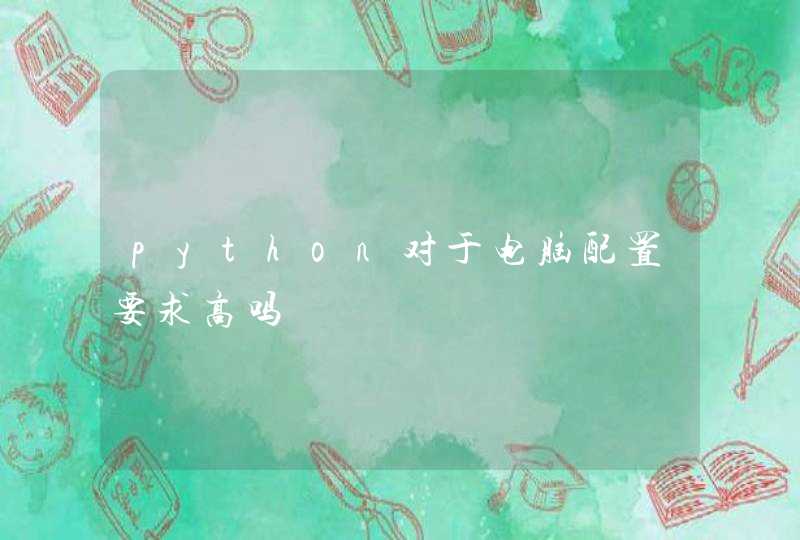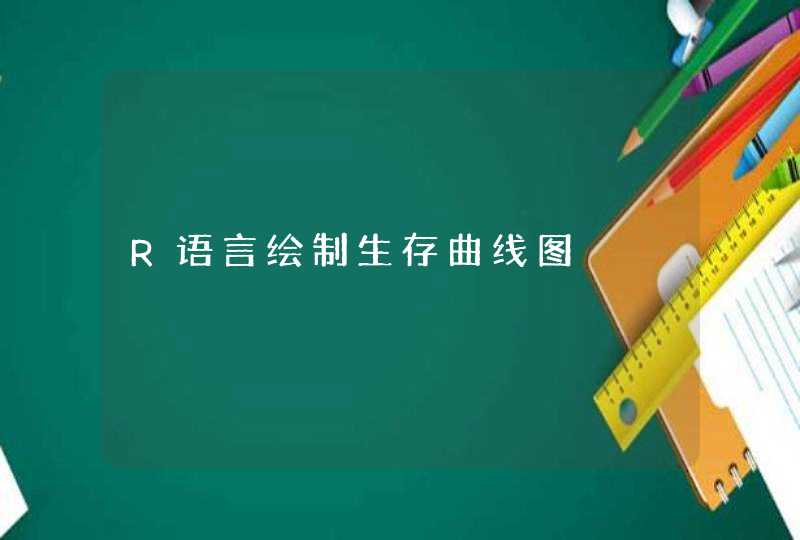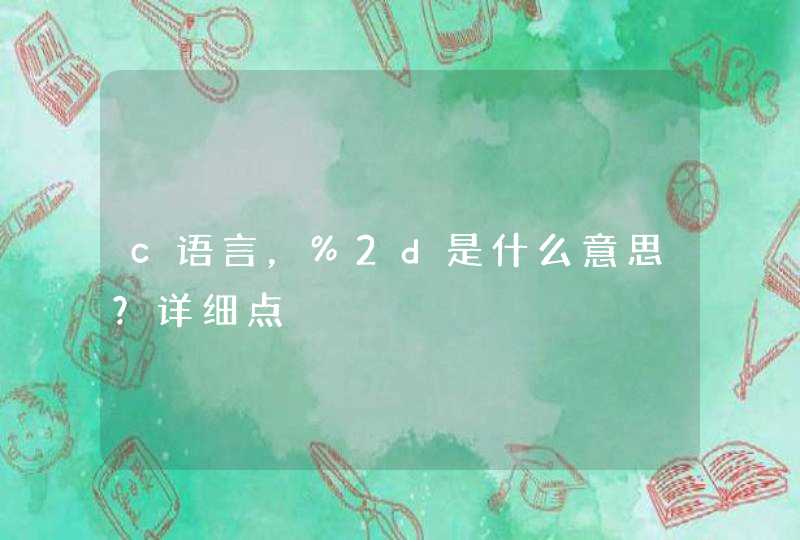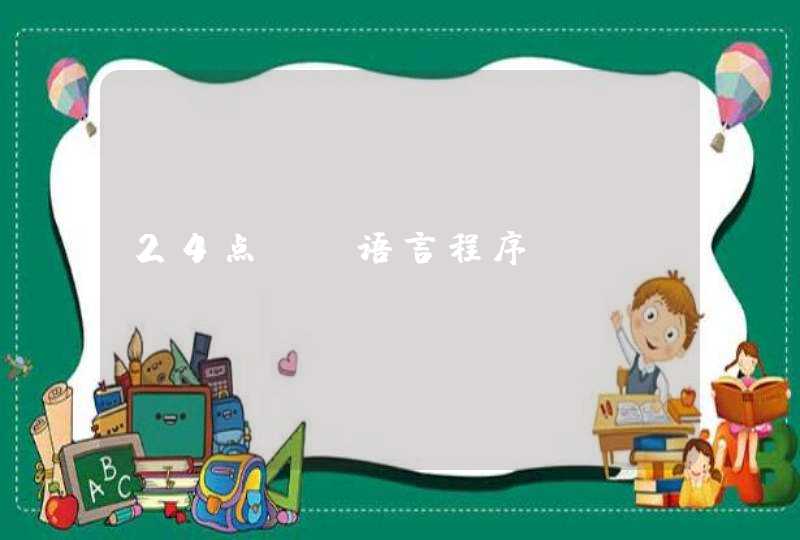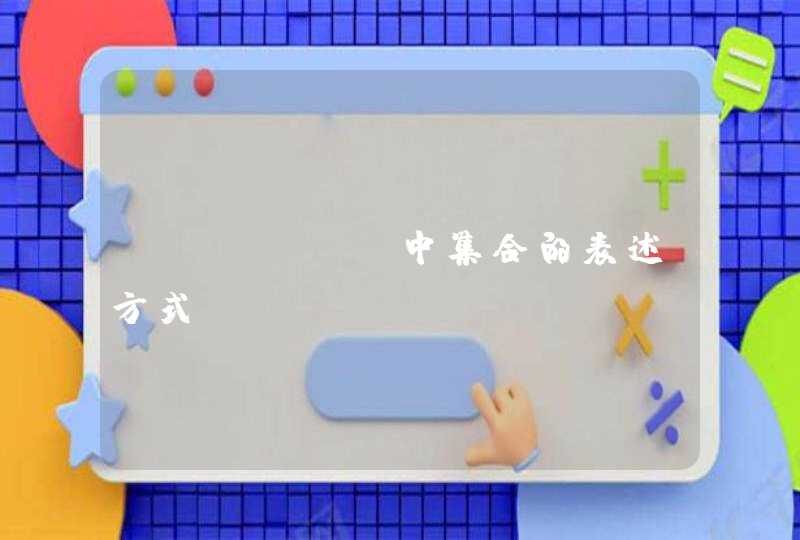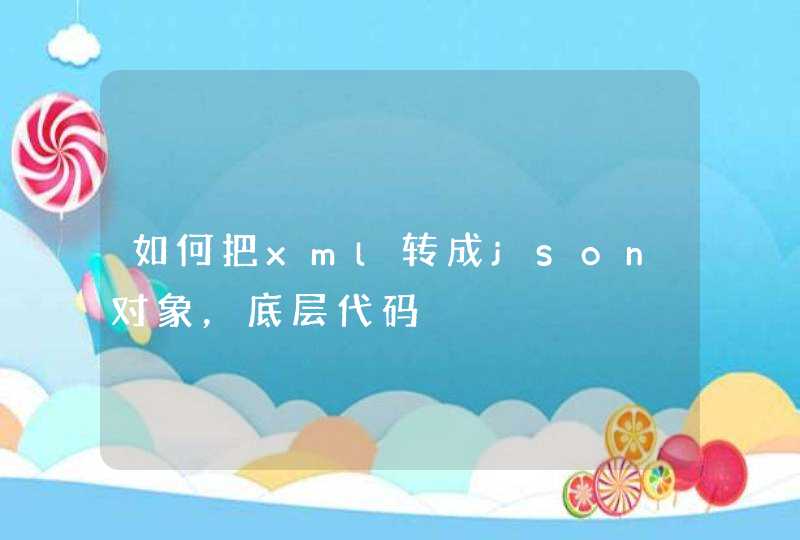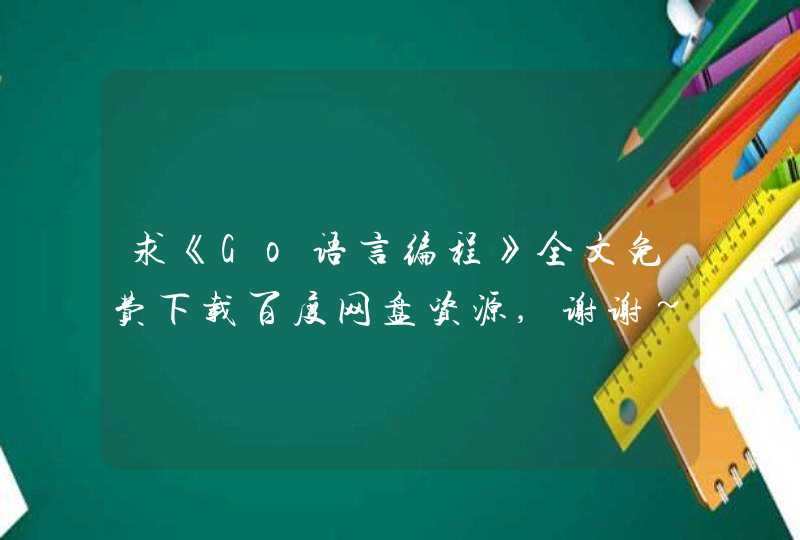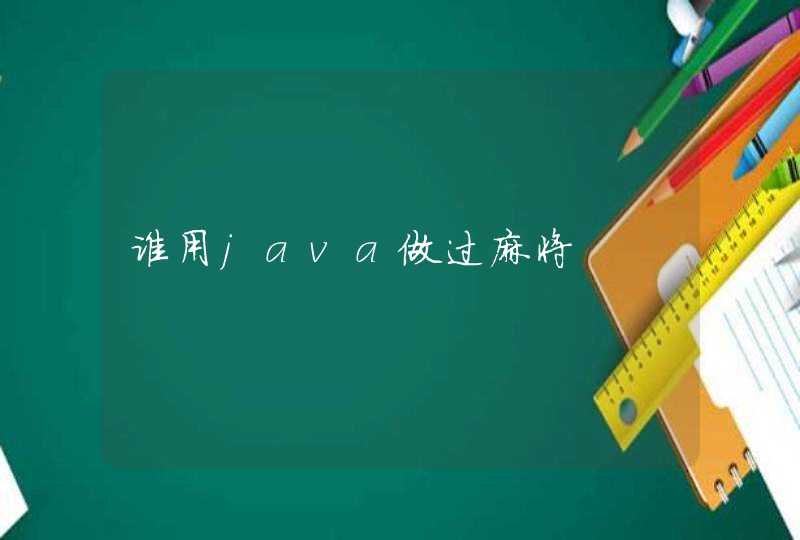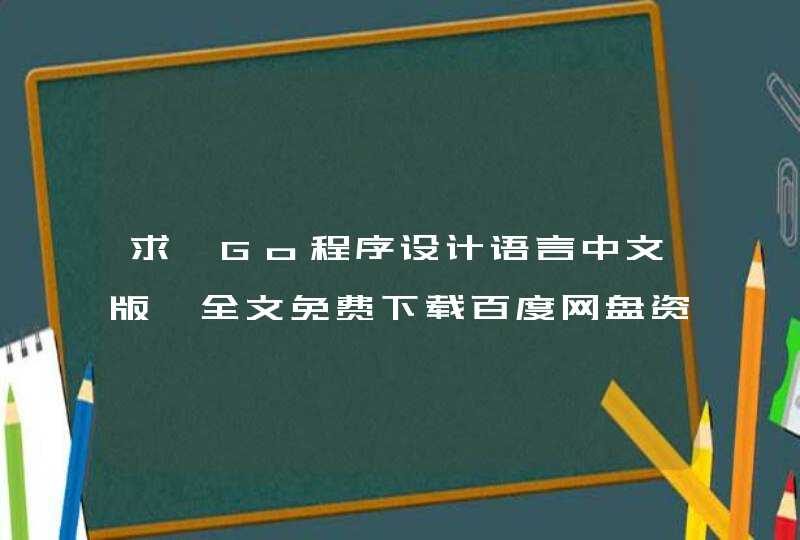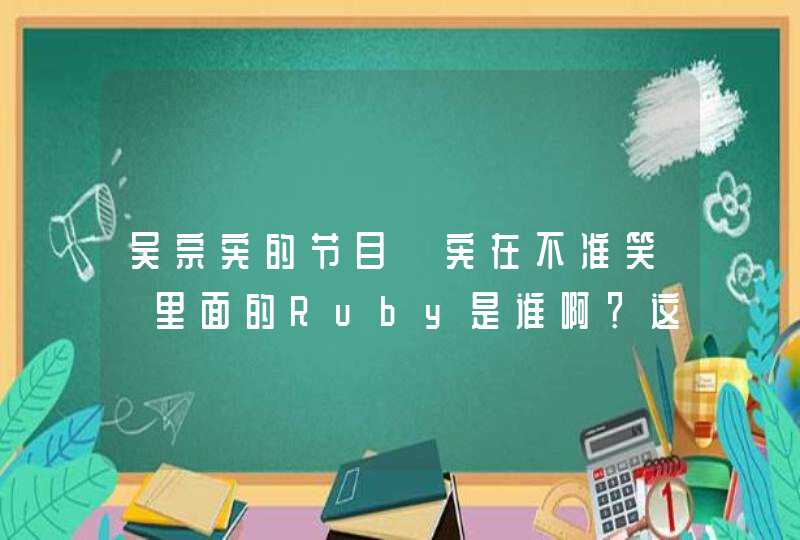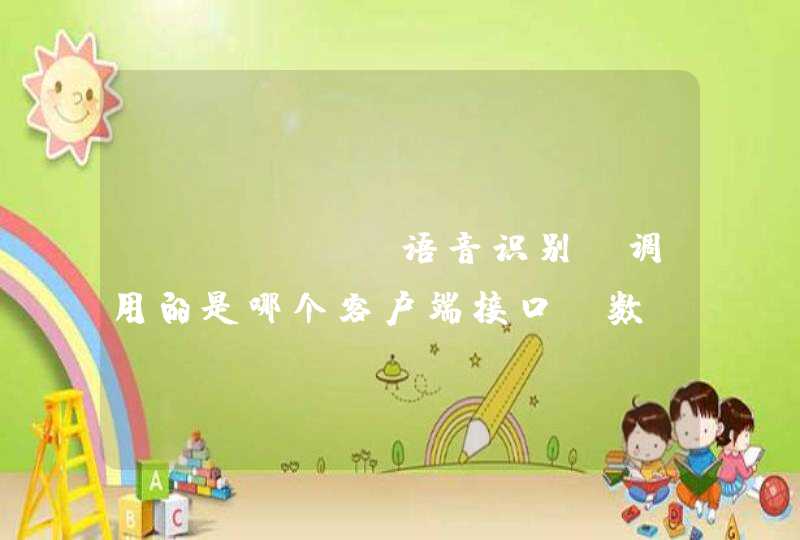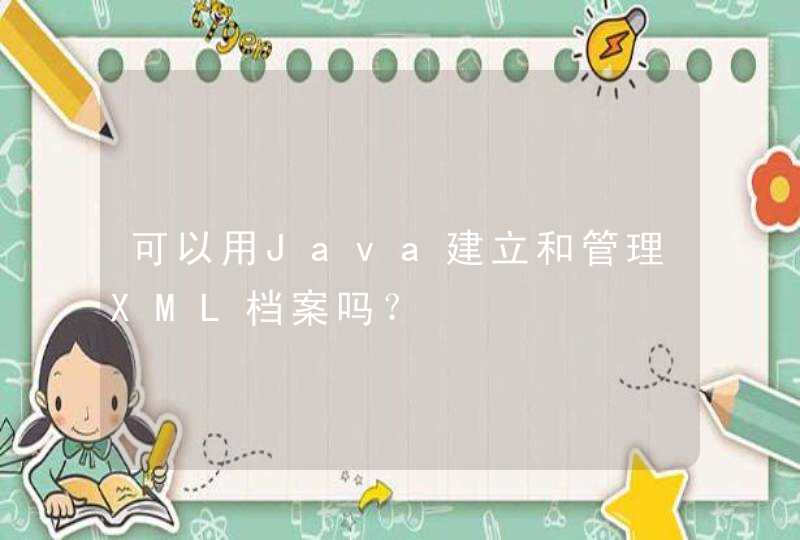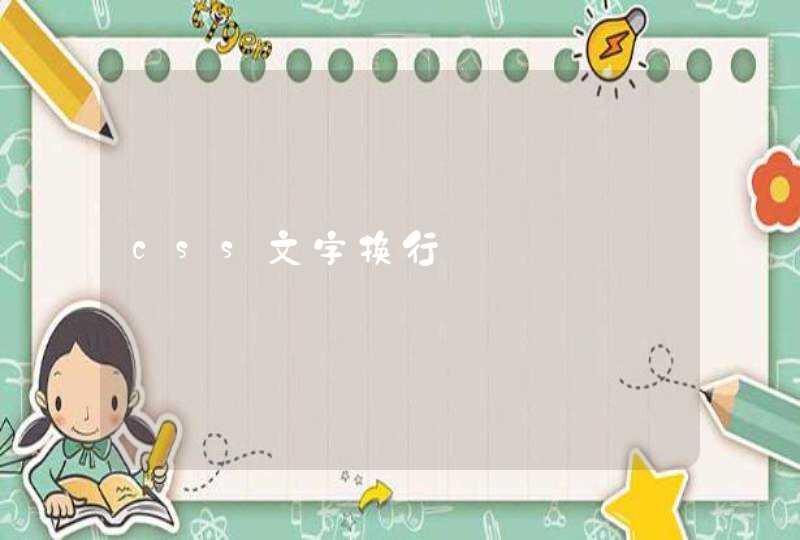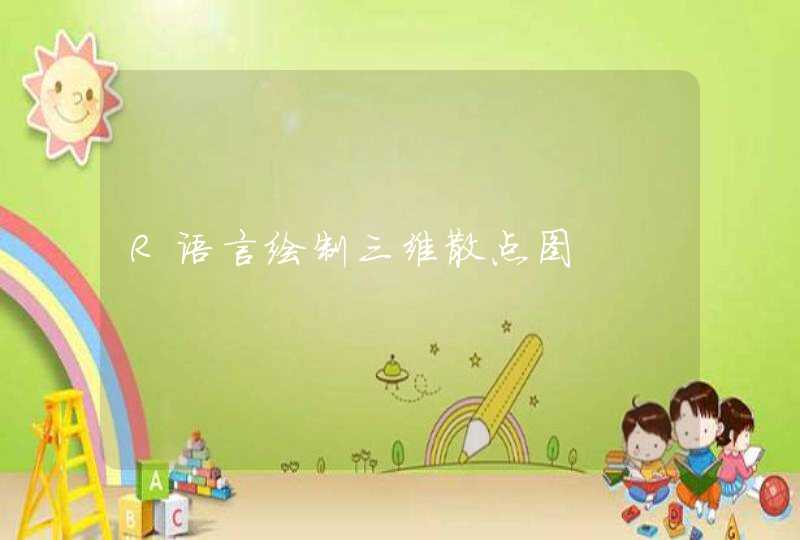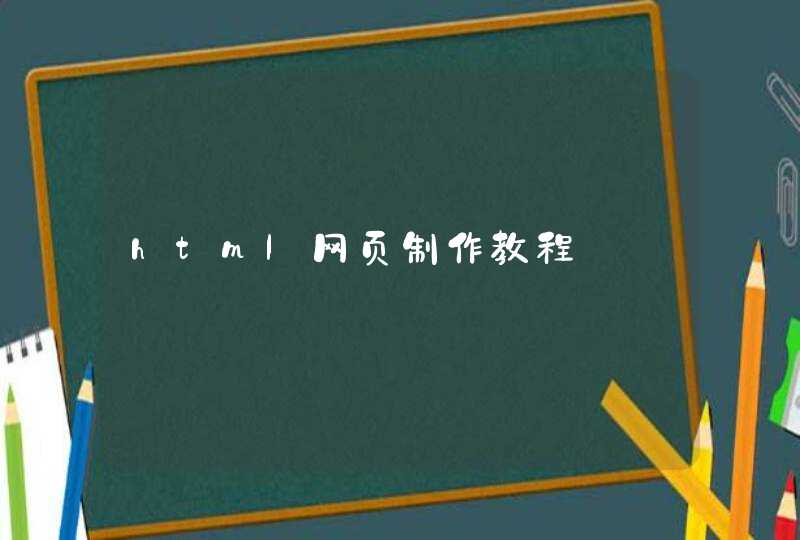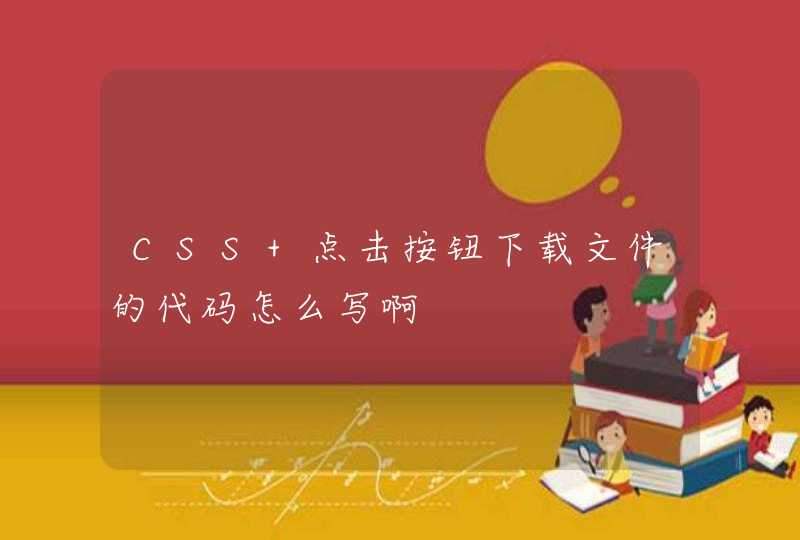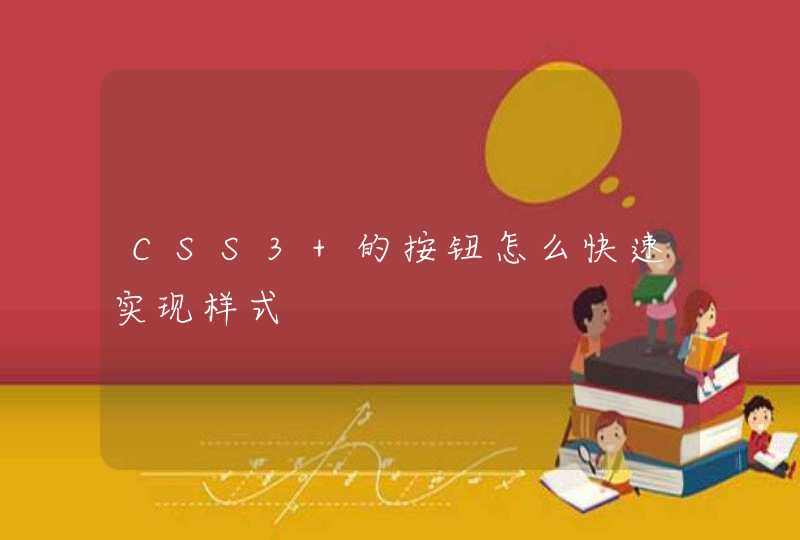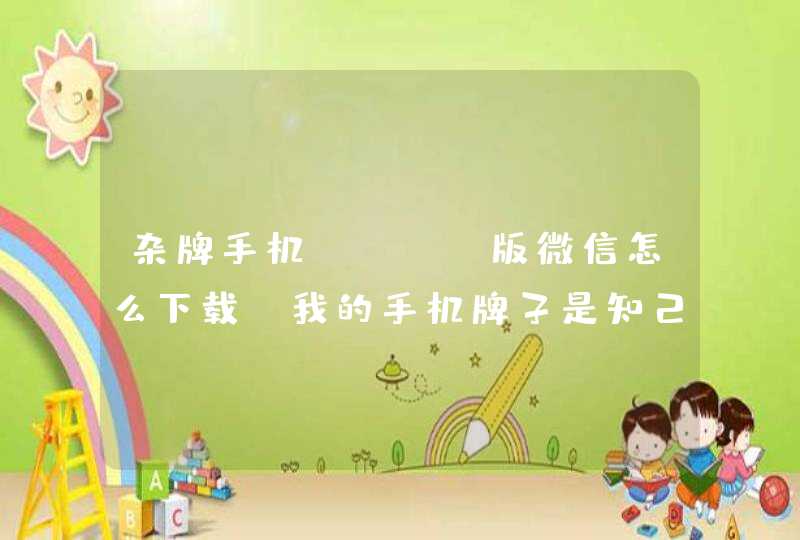
1.你以后可以先下载一个“宜搜搜索”客户端app,在该app里可以直接下载软件的;
2.下载微信就可以在宜搜搜索客户端app直接下载,无需设置机型哦,而且宜搜搜索客户端支持离线下载功能,使用该功能下载软件不会扣取手机流量的哦。
下午好,拜拜。
说明:
本次的教程主要是对微信公众平台开发者模式的讲解,网络上很多类似文章,但很多都让初学微信开发的人一头雾水,所以总结自己的微信开发经验,将微信开发的整个过程系统的列出,并对主要代码进行讲解分析,让初学者尽快上手。
在阅读本文之前,应对微信公众平台的官方开发文档有所了解,知道接收和发送的都是xml格式的数据。另外,在做内容回复时用到了图灵机器人的api接口,这是一个自然语言解析的开放平台,可以帮我们解决整个微信开发过程中最困难的问题,此处不多讲,下面会有其详细的调用方式。
1.1 在登录微信官方平台之后,开启开发者模式,此时需要我们填写url和token,所谓url就是我们自己服务器的接口,用WechatServlet.java来实现,相关解释已经在注释中说明,代码如下:
[java] view plain copy
package demo.servlet
import java.io.BufferedReader
import java.io.IOException
import java.io.InputStream
import java.io.InputStreamReader
import java.io.OutputStream
import javax.servlet.ServletException
import javax.servlet.http.HttpServlet
import javax.servlet.http.HttpServletRequest
import javax.servlet.http.HttpServletResponse
import demo.process.WechatProcess
/**
* 微信服务端收发消息接口
*
* @author pamchen-1
*
*/
public class WechatServlet extends HttpServlet {
/**
* The doGet method of the servlet. <br>
*
* This method is called when a form has its tag value method equals to get.
*
* @param request
* the request send by the client to the server
* @param response
* the response send by the server to the client
* @throws ServletException
* if an error occurred
* @throws IOException
* if an error occurred
*/
public void doGet(HttpServletRequest request, HttpServletResponse response)
throws ServletException, IOException {
request.setCharacterEncoding("UTF-8")
response.setCharacterEncoding("UTF-8")
/** 读取接收到的xml消息 */
StringBuffer sb = new StringBuffer()
InputStream is = request.getInputStream()
InputStreamReader isr = new InputStreamReader(is, "UTF-8")
BufferedReader br = new BufferedReader(isr)
String s = ""
while ((s = br.readLine()) != null) {
sb.append(s)
}
String xml = sb.toString() //次即为接收到微信端发送过来的xml数据
String result = ""
/** 判断是否是微信接入激活验证,只有首次接入验证时才会收到echostr参数,此时需要把它直接返回 */
String echostr = request.getParameter("echostr")
if (echostr != null && echostr.length() > 1) {
result = echostr
} else {
//正常的微信处理流程
result = new WechatProcess().processWechatMag(xml)
}
try {
OutputStream os = response.getOutputStream()
os.write(result.getBytes("UTF-8"))
os.flush()
os.close()
} catch (Exception e) {
e.printStackTrace()
}
}
/**
* The doPost method of the servlet. <br>
*
* This method is called when a form has its tag value method equals to
* post.
*
* @param request
* the request send by the client to the server
* @param response
* the response send by the server to the client
* @throws ServletException
* if an error occurred
* @throws IOException
* if an error occurred
*/
public void doPost(HttpServletRequest request, HttpServletResponse response)
throws ServletException, IOException {
doGet(request, response)
}
}
1.2 相应的web.xml配置信息如下,在生成WechatServlet.java的同时,可自动生成web.xml中的配置。前面所提到的url处可以填写例如:http//服务器地址/项目名/wechat.do
[html] view plain copy
<?xml version="1.0" encoding="UTF-8"?>
<web-app version="2.5"
xmlns="http://java.sun.com/xml/ns/javaee"
xmlns:xsi="http://www.w3.org/2001/XMLSchema-instance"
xsi:schemaLocation="http://java.sun.com/xml/ns/javaee
http://java.sun.com/xml/ns/javaee/web-app_2_5.xsd">
<servlet>
<description>This is the description of my J2EE component</description>
<display-name>This is the display name of my J2EE component</display-name>
<servlet-name>WechatServlet</servlet-name>
<servlet-class>demo.servlet.WechatServlet</servlet-class>
</servlet>
<servlet-mapping>
<servlet-name>WechatServlet</servlet-name>
<url-pattern>/wechat.do</url-pattern>
</servlet-mapping>
<welcome-file-list>
<welcome-file>index.jsp</welcome-file>
</welcome-file-list>
</web-app>
1.3 通过以上代码,我们已经实现了微信公众平台开发的框架,即开通开发者模式并成功接入、接收消息和发送消息这三个步骤。
下面就讲解其核心部分——解析接收到的xml数据,并以文本类消息为例,通过图灵机器人api接口实现智能回复。
2.1 首先看一下整体流程处理代码,包括:xml数据处理、调用图灵api、封装返回的xml数据。
[java] view plain copy
package demo.process
import java.util.Date
import demo.entity.ReceiveXmlEntity
/**
* 微信xml消息处理流程逻辑类
* @author pamchen-1
*
*/
public class WechatProcess {
/**
* 解析处理xml、获取智能回复结果(通过图灵机器人api接口)
* @param xml 接收到的微信数据
* @return 最终的解析结果(xml格式数据)
*/
public String processWechatMag(String xml){
/** 解析xml数据 */
ReceiveXmlEntity xmlEntity = new ReceiveXmlProcess().getMsgEntity(xml)
/** 以文本消息为例,调用图灵机器人api接口,获取回复内容 */
String result = ""
if("text".endsWith(xmlEntity.getMsgType())){
result = new TulingApiProcess().getTulingResult(xmlEntity.getContent())
}
/** 此时,如果用户输入的是“你好”,在经过上面的过程之后,result为“你也好”类似的内容
* 因为最终回复给微信的也是xml格式的数据,所有需要将其封装为文本类型返回消息
* */
result = new FormatXmlProcess().formatXmlAnswer(xmlEntity.getFromUserName(), xmlEntity.getToUserName(), result)
return result
}
}
2.2 解析接收到的xml数据,此处有两个类,ReceiveXmlEntity.java和ReceiveXmlProcess.java,通过反射的机制动态调用实体类中的set方法,可以避免很多重复的判断,提高代码效率,代码如下:
[java] view plain copy
package demo.entity
/**
* 接收到的微信xml实体类
* @author pamchen-1
*
*/
public class ReceiveXmlEntity {
private String ToUserName=""
private String FromUserName=""
private String CreateTime=""
private String MsgType=""
private String MsgId=""
private String Event=""
private String EventKey=""
private String Ticket=""
private String Latitude=""
private String Longitude=""
private String Precision=""
private String PicUrl=""
private String MediaId=""
private String Title=""
private String Description=""
private String Url=""
private String Location_X=""
private String Location_Y=""
private String Scale=""
private String Label=""
private String Content=""
private String Format=""
private String Recognition=""
public String getRecognition() {
return Recognition
}
public void setRecognition(String recognition) {
Recognition = recognition
}
public String getFormat() {
return Format
}
public void setFormat(String format) {
Format = format
}
public String getContent() {
return Content
}
public void setContent(String content) {
Content = content
}
public String getLocation_X() {
return Location_X
}
public void setLocation_X(String locationX) {
Location_X = locationX
}
public String getLocation_Y() {
return Location_Y
}
public void setLocation_Y(String locationY) {
Location_Y = locationY
}
public String getScale() {
return Scale
}
public void setScale(String scale) {
Scale = scale
}
public String getLabel() {
return Label
}
public void setLabel(String label) {
Label = label
}
public String getTitle() {
return Title
}
public void setTitle(String title) {
Title = title
}
public String getDescription() {
return Description
}
public void setDescription(String description) {
Description = description
}
public String getUrl() {
return Url
}
public void setUrl(String url) {
Url = url
}
public String getPicUrl() {
return PicUrl
}
public void setPicUrl(String picUrl) {
PicUrl = picUrl
}
public String getMediaId() {
return MediaId
}
public void setMediaId(String mediaId) {
MediaId = mediaId
}
public String getEventKey() {
return EventKey
}
public void setEventKey(String eventKey) {
EventKey = eventKey
}
public String getTicket() {
return Ticket
}
public void setTicket(String ticket) {
Ticket = ticket
}
public String getLatitude() {
return Latitude
}
public void setLatitude(String latitude) {
Latitude = latitude
}
public String getLongitude() {
return Longitude
}
public void setLongitude(String longitude) {
Longitude = longitude
}
public String getPrecision() {
return Precision
}
public void setPrecision(String precision) {
Precision = precision
}
public String getEvent() {
return Event
}
public void setEvent(String event) {
Event = event
}
public String getMsgId() {
return MsgId
}
public void setMsgId(String msgId) {
MsgId = msgId
}
public String getToUserName() {
return ToUserName
}
public void setToUserName(String toUserName) {

